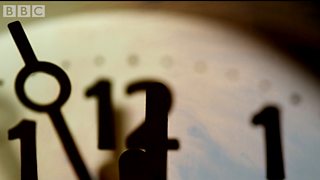
27/09/2021
Spiritual reflection to start the day with Rev Dr Alison Jack of New College, Edinburgh
Last on
Script
Good morning. It’s said that the Rosetta Stone is the most visited object in the British Museum, where it’s been on display since 1802. The writing on the stone was carved during the Hellenistic period, and is made up of three versions of the same decree issued in Egypt in the second century BCE. One is in Greek and two are in Egyptian script, one of which is in hieroglyphs. The stone was discovered at the end of the 18th Century, at which point Egyptian hieroglyphics were a mystery to modern readers.
On this day in 1822, the renowned linguist Jean-Francois Champollion announced he had transliterated the hieroglyphics on the Rosetta stone. This was a feat which was previously widely considered to be impossible. It was a huge moment in the drive to understand Egyptian civilisation through its literature. Later scholars developed and refined Champollion’s insights, and he drew on the work of earlier scholars too, of course, but he has been hailed as the founder of the field of ‘Egyptology’.
Living through a tumultuous period in French history, Champollion’s single-minded dedication to the task of breaking the code is remarkable. His moment of illumination remains emblematic of all ground-breaking discoveries which unlock new vistas of understanding. He’s one of the ‘giants’ on whose shoulders most of us tiny people stand, most of the time, in our later endeavours.
Lord God we give thanks for the dedication of the visionary, and the focus of the enthusiast, who open new fields of knowledge. Inspire us all to follow our passions wherever they lead us. Amen.
Broadcast
- Mon 27 Sep 2021 05:4391�ȱ� Radio 4

